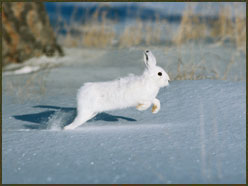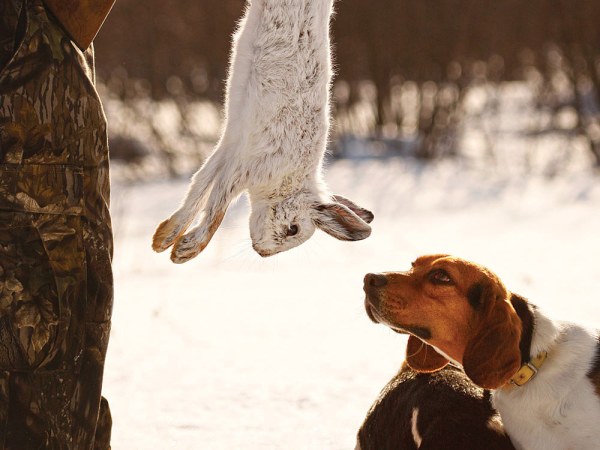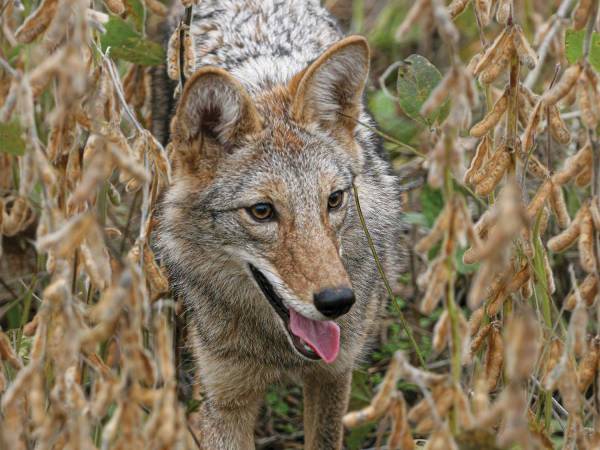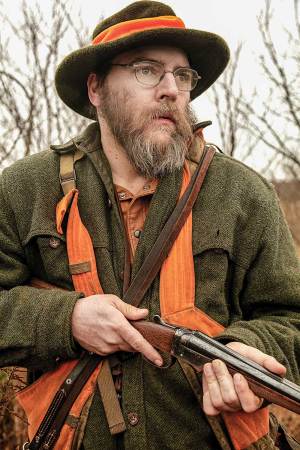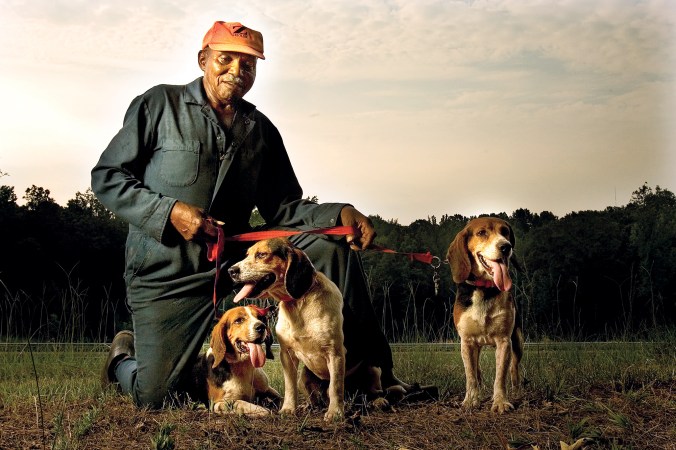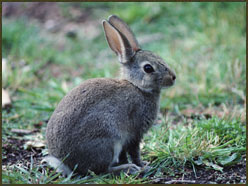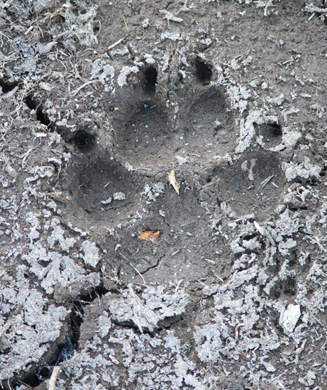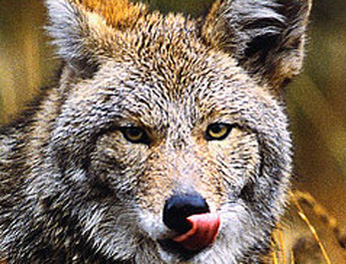Just because the high drama of deer and bird seasons has passed and the cold and snow of the short midwinter days have settled in, we sportsmen need not hibernate like lethargic grumbling couch potatoes. Indeed, these are the days to revel in great icefishing and rabbit hunting, both of which can be especially productive. Just as important, however, is that these pursuits provide welcome opportunities to gather with companions, trade news, tell tall tales and ward off the February blues.
Last winter, for instance, on a mid-coast Maine river, the Cathance in Bowdoinham, five of us crowded into a rented ice shanty, baited small hooks with pieces of sea worm and caught sea-run smelt. The smelt proved delicious, but the banter and joking among a group that can manage to get together only once or twice a year was every bit as memorable.
Snowshoe or Cottontail
Hunters who have listened to the baying of a good beagle pack, or even an individual dog, hot on the trail of a quick circling cottontail or a more far-ranging snowshoe hare know that winter provides ample opportunities for good hunting. It’s exciting to hunt in a crisp white world, and most Northeastern states have long seasons that extend far into the winter, often to the middle or end of March.
Cottontails and hares are, however, quite different animals. The primary subspecies of cottontails are the Eastern cottontail and the rarer New England cottontail. Both prefer field and meadow edges, thickets, tall grasslands and the edges of forests and swamps. Look for them in agricultural valleys, near farms and especially where farmland has been recently abandoned. They’re found all across the Northeast and beyond. New York’s St. Lawrence valley, the foothills around the Adirondacks and Catskills and the rolling farmland in the central and western part of the state are exceptionally productive. Western and southern West Virginia have strong populations of cottontails, but all Northeastern states hold good numbers.
Snowshoe hares (also called varying hares) prefer forestlands but still seek the cover of cutovers, mixed-age forests and fir swamps. They are more prevalent in the Northern states and the mountainous regions of the other Northeastern states, where winter and its snow cover last longest. Snowshoes are usually more remote, which means longer hikes to good cover and longer waits for the dogs to bring the big hares around (they’re half again larger than cottontails). Look to Pennsylvania’s northeastern and central highlands, West Virginia’s eastern mountains, New York’s Catskills and Adirondacks and the northern-tier New England states for the best varying-hare hunting.
With both cottontails and hares, some of us opt for a more sedate experience than the running of the hounds. Often, I’ll don a felt pack or strap on snowshoes and meander through good cover. As rabbit tracks and droppings increase, I’ll slow down, feeling keenly the winter predator, looking for a swatch of brown or the black of an eye in the white background. When I do find the makings of a good rabbit stew, I’m happy with my skills. If I don’t, the day is still well-spent: outdoors in the winter, with the chance to hunt.
